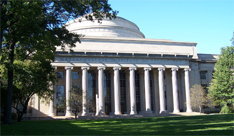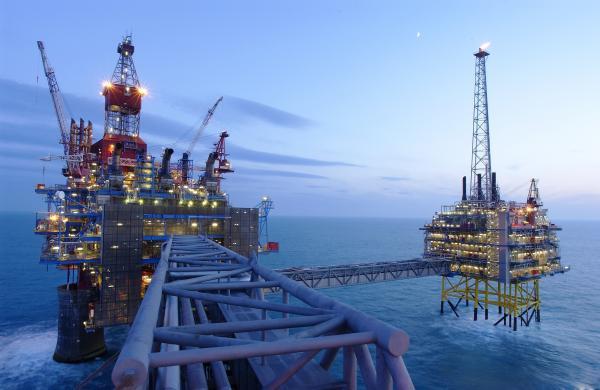
The Carbon Capture and Sequestration Technologies Program at MIT conducted research into technologies to capture, utilize, and store CO2 from large stationary sources. Initiated in 1989, our program became internationally recognized as a leader in this field. Our research examines carbon sequestration from multiple perspectives, including technical, economic, and political.
This website represents work done under the Carbon Sequestration Initiative which ran from July 2000 through June 2016. The website will be frozen on September 30, 2016 however it will remain online as an archive.
New work on CCS at MIT will be posted on the MITEI website as part of the MITEI’s Low-Carbon Energy Centers program.
Carbon sequestration is a way to reduce greenhouse gas emissions. It complements two other major approaches for greenhouse gas reduction, namely improving energy efficiency and increasing use of non-carbon energy sources. Interest has been increasing in the carbon sequestration option because it is very compatible with the large energy production and delivery infrastructure now in place. All three approaches will need to make significant contributions in order to meet the objective of the United Nations Framework Convention on Climate Change, that is the stabilization of greenhouse gas concentrations in the atmosphere at a level that would prevent dangerous anthropogenic interference with the climate system.
There are two primary types of carbon sequestration. Our program focuses on carbon dioxide capture and storage, where carbon dioxide is captured at its source (e.g., power plants, industrial processes) and subsequently stored in non-atmospheric reservoirs (e.g., depleted oil and gas reservoirs, unmineable coal seams, deep saline formations, deep ocean). The other type of carbon sequestration focuses on enhancing natural processes to increase the removal of carbon from the atmosphere (e.g., forestation). A more detailed overview is contained in [Encyclopedia of Energy (2004)].
